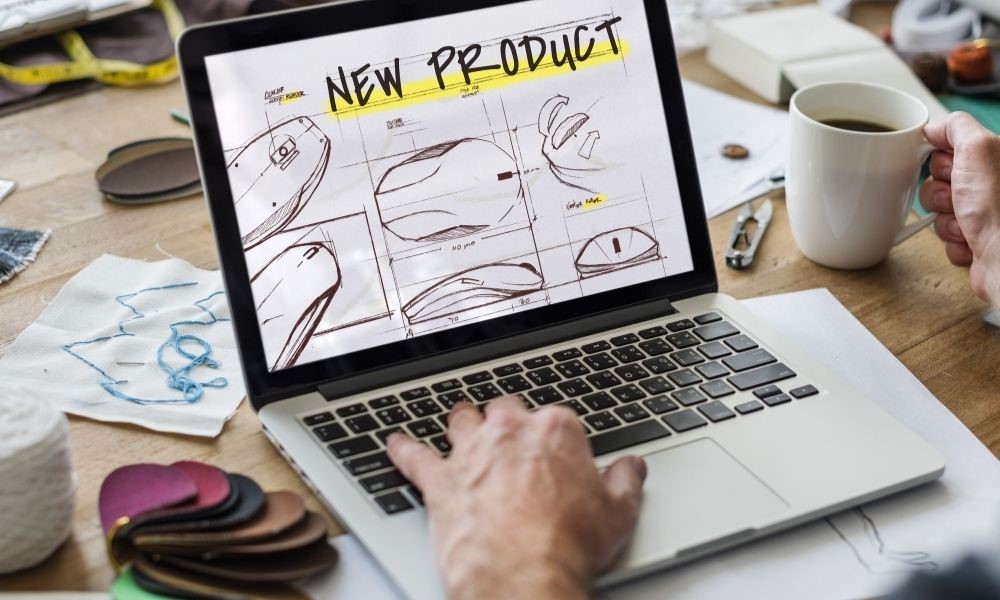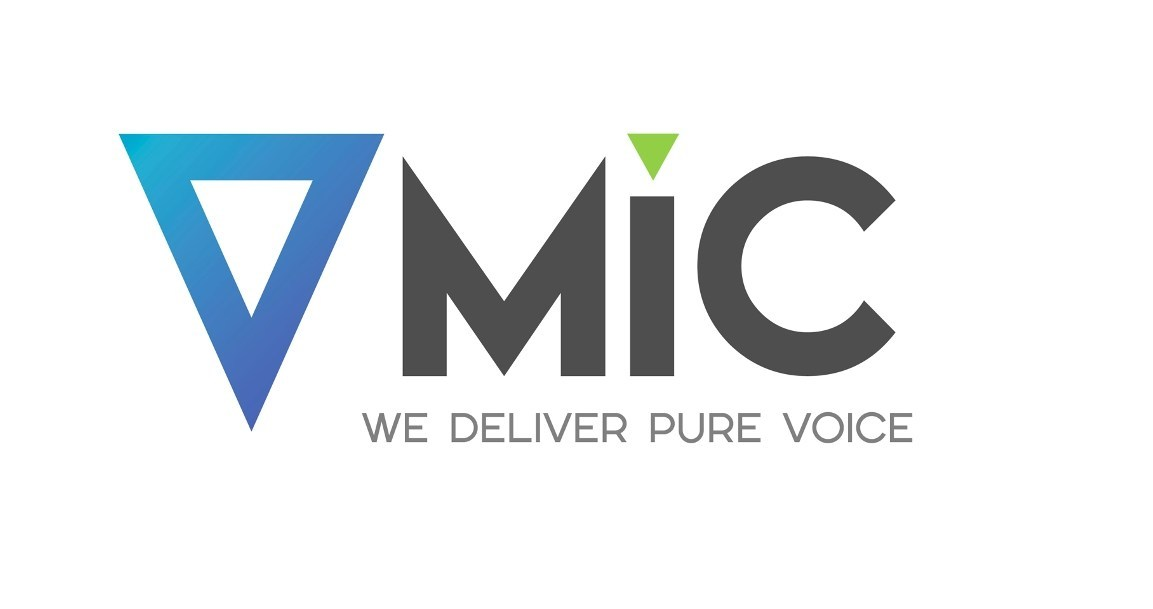How To Make Product Design More Sustainable

Companies and consumers alike are striving to reduce their carbon footprints and make ethical choices. From office design to conservation efforts, businesses have many opportunities to make greener choices. A few ways to reduce waste and create more ethical products is to focus on product development, design, and manufacturing. From the materials you use to what customers get out of their products, here’s how to make product design more sustainable for your business, your consumers, and the planet we all live in.
Be Critical of Materials
What kind of materials are you using to develop your products? From prototyping to mass production, it’s important to select materials carefully. Be critical of your products’ materials and where you get them. Try to use nontoxic products that are recyclable and biodegradable. This will increase the lifespan of your materials and prevent most of your products from ending up in a landfill. You should also seek out sustainable resources that are both abundant and renewable. In addition to being a more ethical choice, this will prevent you from paying for expensive materials for your products.
Make Products That Last
Good sustainable practices have effects far beyond your company’s walls. The products you make should be sustainable for your consumers as well as your business. That’s why it’s crucial to make long-lasting products that will spend more time in consumers’ hands. It’s also important to design products for reusability and disassembly. Make it simple for your consumers to disassemble a product at the end of its lifetime so they can access the reusable parts.
Eliminate Waste During Prototyping
When deciding how to make product design more sustainable for your business, you should take a serious look at your prototyping processes. If a design fails, can you tweak the product, or do you have to throw it out entirely? Can you reuse certain materials to produce other parts and pieces? Find ways to make the prototyping stage of each product more sustainable. For example, one of the advantages of stereolithography and other reliable 3D printing methods is that you can create precise prototypes that allow you to alter details rather than destroying a failed design. This will eliminate waste during the design and engineering phase of a product.





